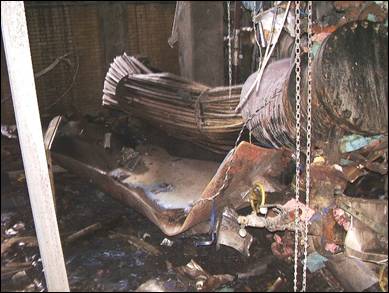ArticlesCar Seal Program and Relief Valves
We do not see these types of failures often, but when we do it can almost always be traced back to human error. Back in 2008, a tube and shell heat exchanger catastrophically failed when workers accidentally closed two different valves at two different times between the vessel and its relief valve. On June 10, 2008, operators closed an isolation valve between the heat exchanger shell (ammonia cooling side) and a relief valve to replace a burst rupture disk under the relief valve that provided over-pressure protection. Maintenance workers replaced the rupture disk that day; however, the closed isolation valve was not reopened. On the morning of June 11, an operator closed a block valve, isolating the ammonia pressure control valve from the heat exchanger. The operator then connected a steam line to the process line to clean the piping. The steam flowed through the heat exchanger tubes, heated the liquid ammonia in the exchanger shell, and increased the pressure in the shell. The closed isolation and block valves prevented the increasing ammonia pressure from safely venting through either the ammonia pressure control valve or the rupture disk and relief valve. The pressure in the heat exchanger shell continued climbing until it violently ruptured at about 7:30 a.m. A Car Seal program could have gone a long way in preventing this incident. A car seal program is simply a valve management program that contains: |
Partner Organizations I am proud to announce that The Chlorine Institute and SAFTENG have extended our"Partners in Safety" agreement for another year (2024) CI Members, send me an e-mail to request your FREE SAFTENG membership
Member Associations
|















Comments
That is a quote from ASME Section VIII Appendix M, not mine comment.
RSS feed for comments to this post